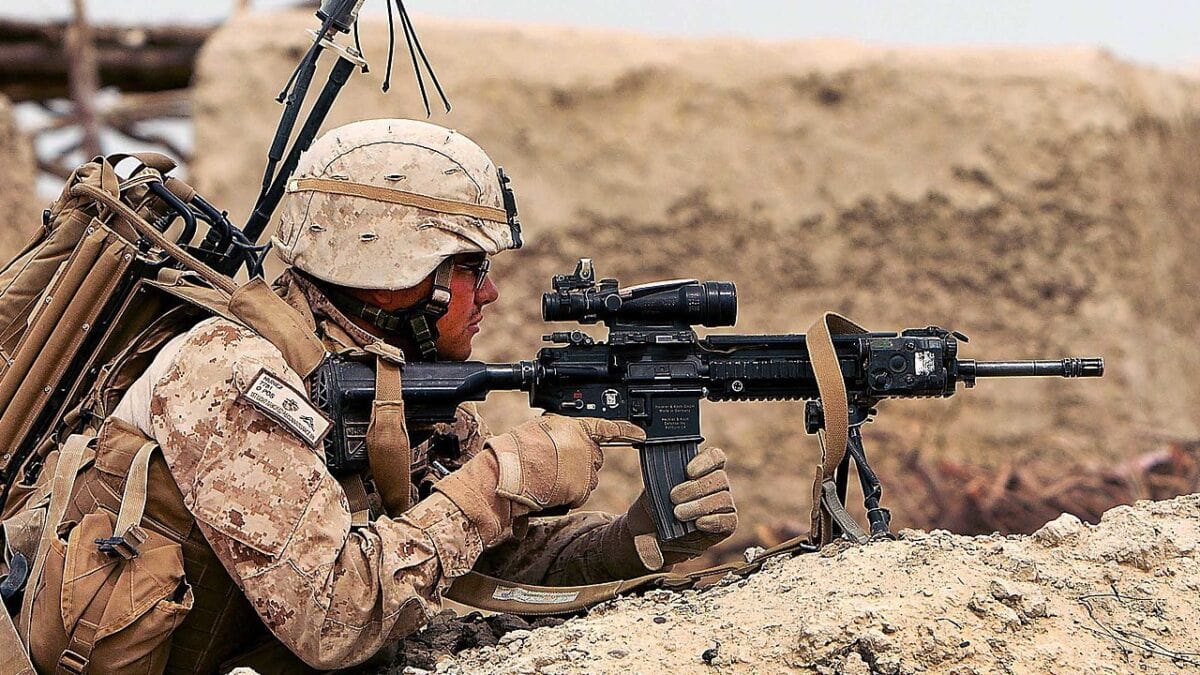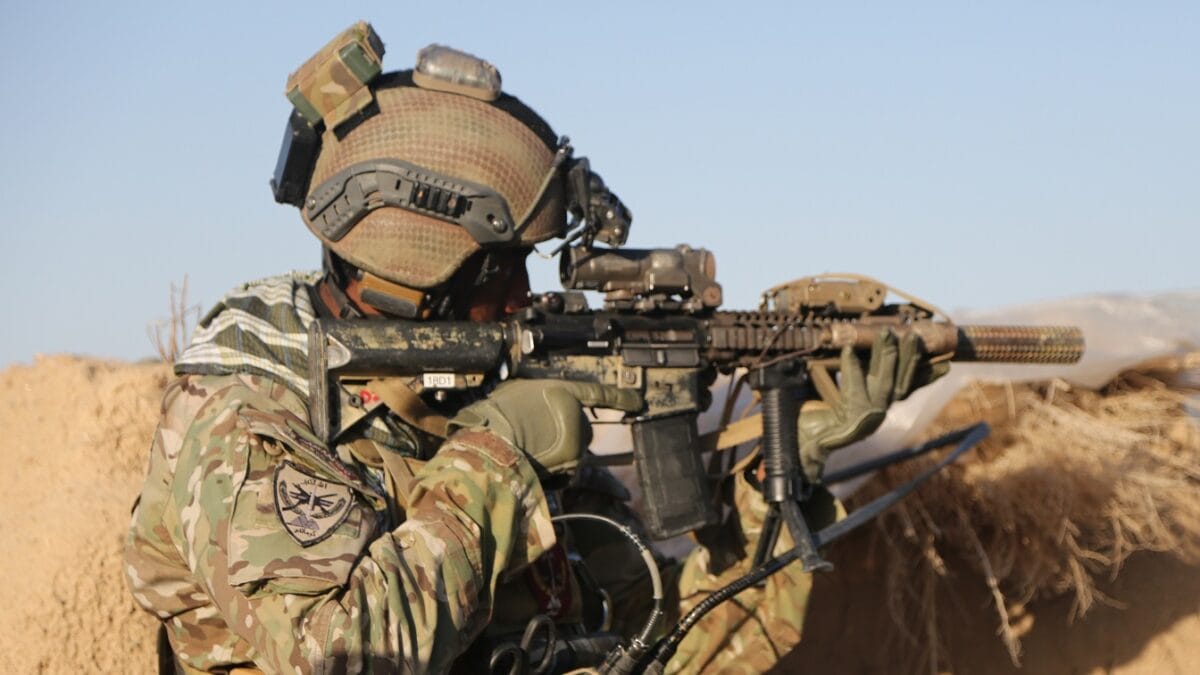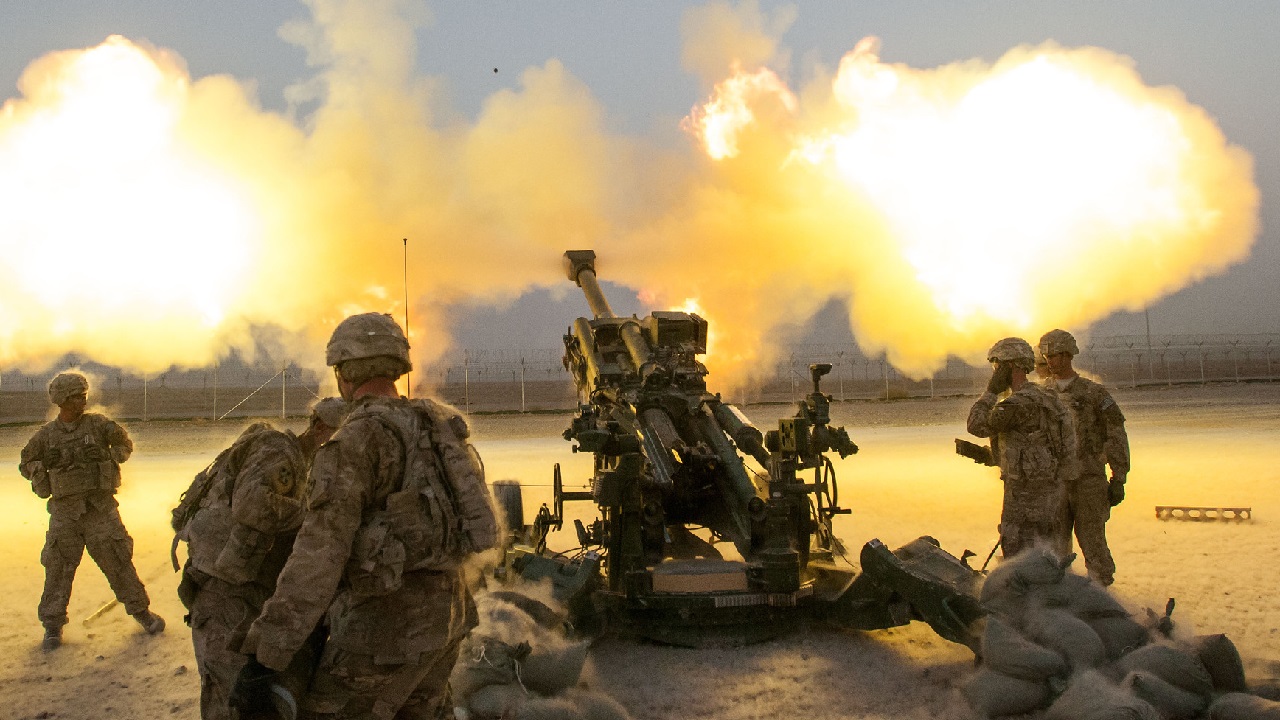“The causes of the disaster are easily stated: the difficulties of campaigning in Afghanistan’s inhospitable mountainous terrain with its extremes of weather, the turbulent politics of the country and its armed and refractory population and finally the failure of the authorities to appoint senior officers capable of conducting the campaign competently and decisively.”
The above paragraph was written in 1842 after Great Britain’s withdrawal from Afghanistan. But the same could have been said in 2021, in the aftermath of the U.S. and its allied coalition’s withdrawal from the same country.
Afghanistan: Without Focus, a Mission Dooms Itself
On Nov. 13, 2001, U.S. soldiers entered Kabul. On Aug. 31, 2021, the last U.S. soldiers left the city. The human toll included 2,443 American troops and 1,144 allied troops killed, as well as 20,000 U.S. troops injured. At least 70,000 Afghan troops and 50,000 Afghan civilians were killed, with 80,000 wounded.
The U.S. and NATO failed because they never did focus on an achievable mission: creating a stable, slightly pro-Western government that isn’t a haven for terrorists.
Whenever the West has intervened militarily to support a threatened government, it has often perpetuated that government’s human rights abuses, bolstered self-interested elites, and harmed civilians. The chief lesson of the history of counterinsurgency is that great powers cannot easily shape the domestic politics of weaker states.
The Special Inspector General for Afghanistan Reconstruction (SIGAR) noted that at various points, the U.S. government hoped to eliminate al-Qaeda, decimate the Taliban movement that hosted it, deny all terrorist groups a safe haven in Afghanistan, build Afghan security forces, suppress poppies, and help the civilian government become legitimate and capable enough to win the trust of Afghans. Women’s rights were also a key focus area — for the West, not for the Afghans.
More than wanting to suppress terrorism, the U.S. wanted to make Afghanistan a Western-style Democracy. In its hubris, it attempted to westernize a pre-renaissance society, trying to do in years what it took Europe centuries to achieve. The result of all this good-heartedness is that the Taliban won.
The lack of focus on the achievable goal is the main reason the U.S. lost. There are five ancillary reasons.
Grisly Realities
First was the lack of U.S. political will to do what was necessary to accomplish the mission. Washington was never willing to commit enough troops or enough time. Most important, the U.S. never had the will to apply enough pressure to win, or to support those who did. Contemporary Western mores rule out killing enough enemy fighters to force them to surrender. That squeamishness leads to increased deaths.
The end of the Sri Lankan civil war is illustrative. That war began in 1983 as the Tamil Tigers fought for an independent state. More than 100,000 died as the war cycled on and off for 25 years, until the beginning of 2009, when the government of Sri Lanka decided to ruthlessly destroy the separatists. They bottled them up in a no-fire zone and then fired into it, killing most of the insurgents as well as thousands of civilians.
The West widely condemned Sri Lanka for this. A congressionally mandated report by the Department of State noted that the Sri Lankan government “committed unlawful killings” and failed to “provide sufficient food and medical supplies” to the insurgents and the civilians trapped with them.
However, the civil war ended, and so did the violence that had killed 4,000 people a year. Ruthlessly ending a war is more humane than allowing it to continue. If the coalition had focused on supporting a not-too-brutal and pro-Western government in Afghanistan, that would have been more humane than fighting there for 20 years and then losing.
Culture Matters
Second was a lack of cultural understanding. The U.S. for 20 years accentuated the importance of cultural understating. The military’s counterinsurgency manual FM 3-24 states that, “Cultural understanding is critical because who a society considers to be legitimate will often be determined by culture and norms.” Yet culture was ignored.
Afghanistan is called the Graveyard of Empires for a reason. The terrain is tough, and the Afghan people are notoriously bellicose. In 1898, Winston Churchill wrote about Afghan tribesmen: “This state of continual tumult has produced a habit of mind which recks little of injuries, holds life cheap and embarks on war with careless levity, and the tribesmen of the Afghan border afford the spectacle of a people, who fight without passion, and kill one another without loss of temper. … Their system of ethics, which regards treachery and violence as virtues rather than vices, has produced a code of honour so strange and inconsistent, that it is incomprehensible to a logical mind.”

120322-M-PH863-005 U.S. Marine Corps Lance Cpl. Leobardo Nunez provides security during a census patrol through a village near Khan Neshin, Afghanistan, on March 22, 2012. Nunez is an infantry automatic rifleman assigned to Alpha Company, 1st Light Armored Reconnaissance Battalion. DoD photo by Cpl. Alfred V. Lopez, U.S. Air Force. (Released)
That is Afghanistan. Yet in that land, the West immediately demonized so-called warlords who were the local leaders in a land where if you are not armed and ready for war, you have no power. In Afghanistan, the only way to power — or to protect your family, your tribe, your people — is to be a warlord. Yet Western leaders demanded that these local and regional leaders be ostracized and forbidden from joining the national government.
In this ultra-masculine culture, the U.S. also ignored pride. In February 2002, I watched our forces raid a village, capture a potential insurgent, and take every male villager back to Bagram Air Base, shave their heads, and then release them. In a culture that values male facial and head hair, we had created walking anti-U.S. billboards.

President Joe Biden delivers remarks on ending the war in Afghanistan, Tuesday, August 31, 2021, in front of the Cross Hall of the White House. (Official White House Photo by Adam Schultz)
Corruption in the Eye of the Beholder
Washington focused on so-called corruption. The Afghans didn’t act as we Americans feel good people in our culture act. But Afghan culture differs from ours: Family and tribe is everything. It would be crazy in that society not to give a job to your brother, nephew, or tribal member, even if there were better people to do the job. The Afghan culture is not egalitarian, it is tribal. The U.S. nudged the Afghans to act in ways that seemed insane to them.
The third ancillary shortcoming was a failure to understand the negative power of money. Money corrupts, and unlimited money corrupts unlimitedly, yet the U.S. flooded Afghanistan, the 187th poorest nation in the world, with billions of dollars, often in suitcases of 100-dollar bills. All this while the coalition was publicly rooting out corruption. Unsurprisingly, the money did not empower the Afghan government — but it did degrade its people.
Furthermore, money given to U.S. contractors and the military-industrial complex created a constituency that profited from ongoing war. President Dwight Eisenhower warned that “we must guard against the acquisition of unwarranted influence, whether sought or unsought, by the military industrial complex.” Did anyone listen? As retired U.S. Marine Corps Gen. Smedley Butler noted in the title of his 1935 pamphlet, “War is a Racket.”
A Series of One-Year Campaigns
The fourth ancillary reason was a lack of worthy Afghan allies. The individual Afghan soldiers fighting alongside us were usually very brave, but their leaders were often focused on personal gain over mission accomplishment. The Taliban had more passionate intensity than the Afghans who wanted a Western-style society. The Taliban were committed to going against the greatest military force in the history of the world, the U.S. military, and they won.
Finally, the U.S. military does bear some blame for the defeat. We lacked an effective doctrine. After Vietnam, we consciously purged counter-insurgency strategy and tactics from our knowledge base and training. Rebuilding that knowledge took several years — critical years, early in the war.
The military also lacked continuity. As troops rotated out every nine or 12 months, the war ended up being 20 one-year efforts, rather than one 20-year effort. Every year a new leader would come in and spend several months learning the territory before rotating out.
We lacked achievable goals and effective metrics. We measured the number of missions or the number of bombs dropped, instead of the number of areas running themselves competently. As SIGAR noted, the military often did the wrong thing perfectly.

A U.S. Army Special Forces soldier assigned to Combined Joint Special Operations Task Force-Afghanistan provides security during an advising mission in Afghanistan, April 10, 2014. (U.S. Army photo by Spc. Sara Wakai/ Released)
However, despite the insinuations of some, the military’s poor strategic assessments were not a result of leaders engaging in a grand conspiracy to deceive the American public. They resulted from the inherent difficulties of understanding success in irregular warfare. Kill/capture missions are easier to understand. They achieve immediate results and are easy to quantify. And U.S. soldiers have a can-do attitude. We complain to each other, but we keep trudging on.
In conclusion, the U.S. could have stayed longer and “managed the war.” But at what cost, for the U.S. and for the Afghans? Is peaceful tyranny under your own culture better than violent democracy under a foreign culture? We mourn for our Afghan allies, but we should also mourn for the opportunity to create an Afghanistan that was stable, slightly pro-Western, and not a haven for terrorists.
Once again, sadly for the West and for the Afghan people, Afghanistan has proved itself to be the Graveyard of Empires.
About the Author, Col. Bryan Hilferty
Col. Bryan Hilferty U.S. Army (Retired) was the coalition spokesperson in Afghanistan in 2002, and 2003-2004. An infantry officer who also served in Desert Storm, for the past 8 years he has been a civilian member of the US Army Central Commander’s Initiatives Group. He is an author of the Joint Forces Quarterly article “The By-With-Through Approach: an Army Component Perspective.” The views voiced here are his alone.

